Anti-NMDA Receptor Encephalitis in Children and Adolescents
Pediatric EM Morsels
JULY 26, 2024
Higher titers in both CSF and serum were associated with poor outcomes. Treat the seizures , but…. Keep in mind that seizure management can be difficult and the patient may not respond to AEDs. Earlier diagnosis leads to better outcomes. It is best to assume the worst and cover for this possibility. doi: 10.1212/NXI.0000000000200013.

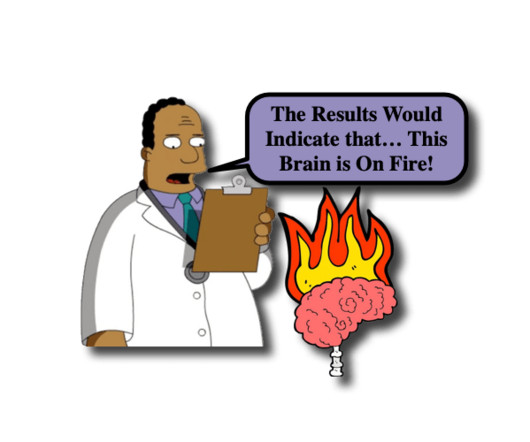
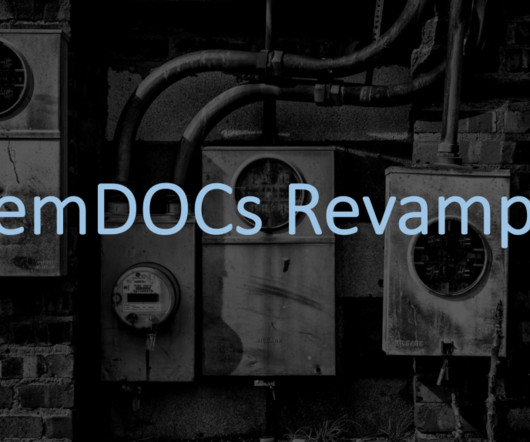
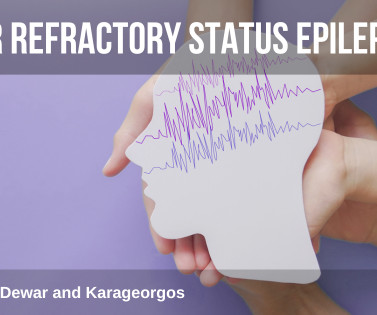










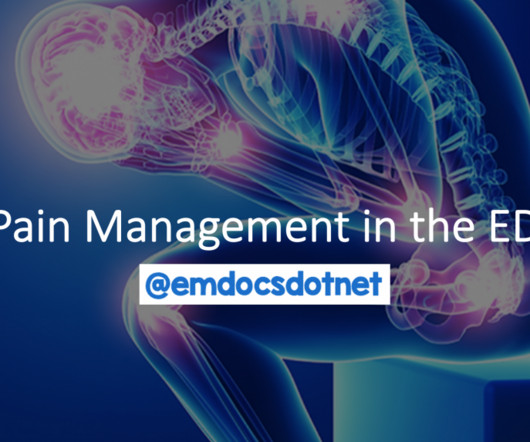

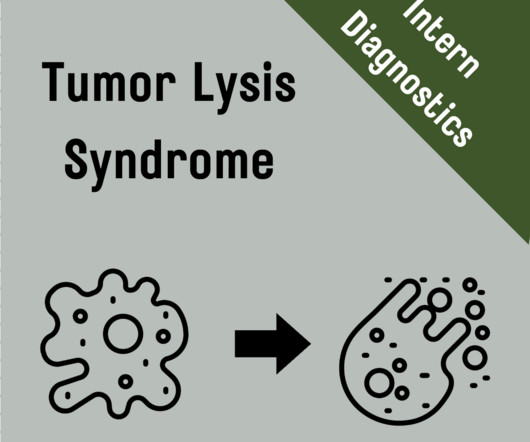






Let's personalize your content